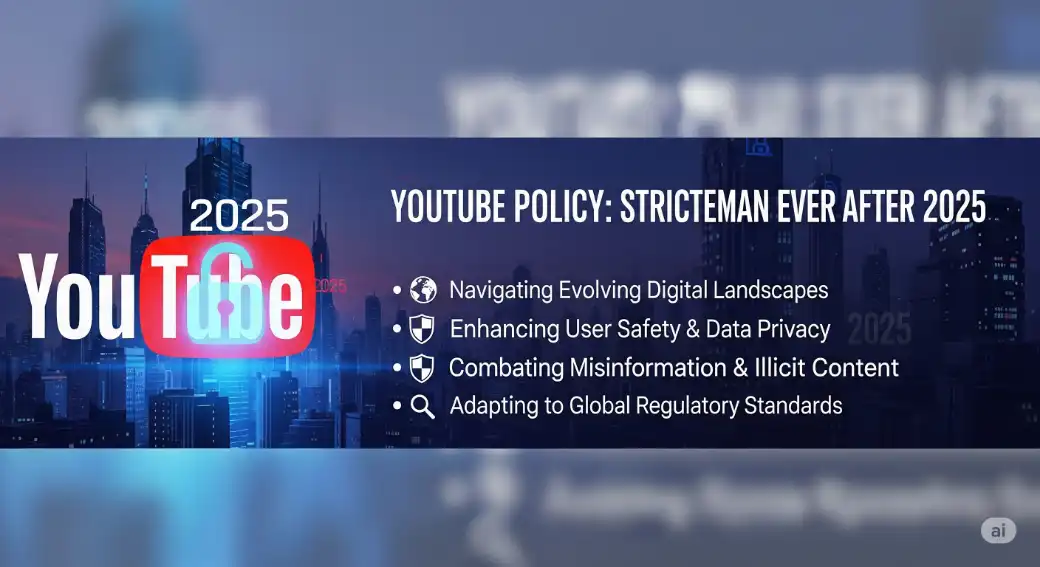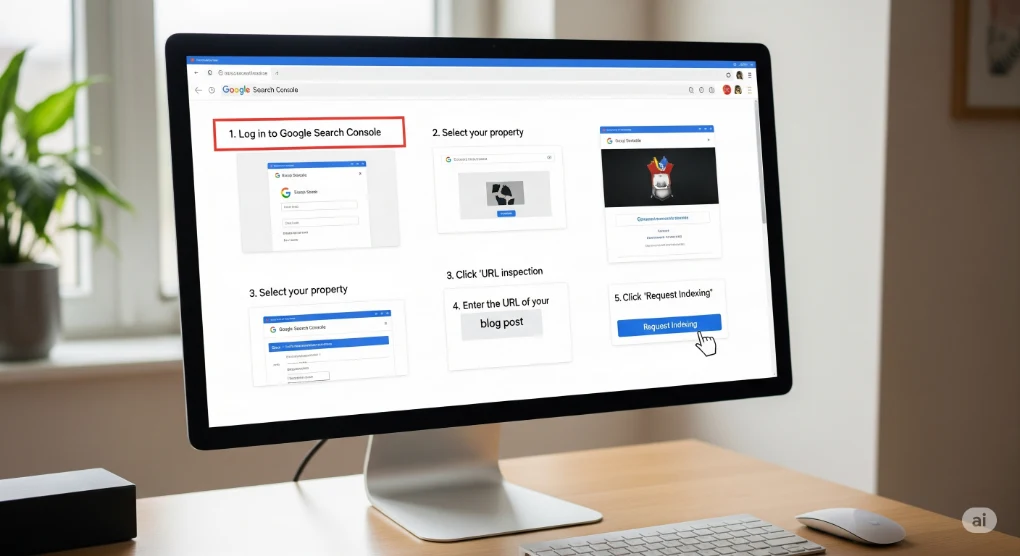Introduction
In the last decade, online video platforms have transformed from simple spaces for sharing entertainment clips into powerful ecosystems for creators, businesses, and audiences. The rise of internet accessibility, affordable smartphones, and social media culture has opened doors for millions of individuals to build a career through video content. Today, these platforms are not just tools of communication but also gateways to financial independence. The possibility of earning more through video platforms is no longer limited to celebrities or big brands; students, professionals, educators, and hobbyists can now generate substantial income by sharing knowledge, entertainment, or skills.
The Rise of Online Video Platforms
Earlier, video production and broadcasting were controlled by television networks and big production houses. However, with platforms like YouTube, Vimeo, Dailymotion, Twitch, Instagram Reels, and TikTok, anyone can upload videos and reach a global audience. This decentralization has democratized earning opportunities. The growth of high-speed internet and cheaper data packs has increased viewership, creating a consistent demand for fresh video content across multiple niches such as education, gaming, lifestyle, comedy, music, and product reviews.
How Creators Earn Money
Earning money through online video platforms comes from multiple revenue streams. Ad revenue is the most popular source, where platforms share advertising income with creators. Sponsored content is another powerful method, as brands collaborate with creators to promote products directly to their engaged audience. Affiliate marketing, product placement, and merchandise sales add additional income layers. Subscription-based models, such as Patreon or paid memberships, allow creators to earn directly from their loyal viewers. Live streaming features with audience donations and tipping have also boosted income potential significantly.
Benefits of Video Platforms Over Traditional Jobs
One of the main reasons people are turning to online video platforms is flexibility. Unlike traditional jobs with fixed timings and limited growth, content creation offers freedom to work at one’s own pace. A person can start as a part-time creator while studying or working and gradually convert it into a full-time career. The earning potential is not capped by salary structures; instead, it grows with audience engagement, creativity, and consistency. Additionally, creators have global reach, meaning even a small-town individual can impact international viewers.
Global Reach and Unlimited Opportunities
Online video platforms break geographical barriers. A teacher from India can provide lessons to students in the United States, or a fitness trainer can create routines for people in Europe. The ability to monetize global audiences multiplies earning opportunities. Video creators can also diversify their income across multiple platforms. For example, a single piece of content can generate income on YouTube through ads, on Instagram through brand deals, and on TikTok through creator funds. This cross-platform advantage provides a more stable financial foundation.
The Role of Niche Content
One secret to earning more on video platforms is finding a niche. Creators who focus on specific areas such as gaming, cooking, personal finance, travel, or technology often build highly loyal audiences. Brands prefer niche influencers because their followers trust their expertise. For instance, a tech reviewer may attract sponsorships from gadget companies, while a travel vlogger may collaborate with airlines and hotels. This targeted approach increases income opportunities compared to general content.
Challenges in Online Video Earnings
While opportunities are immense, the journey is not always easy. Millions of videos are uploaded daily, making competition tough. Algorithms often decide which videos get visibility, and creators need to stay updated with platform changes. Content creators also face issues like demonetization, copyright strikes, and fluctuating ad revenues. To ensure stable income, smart creators diversify their sources of earning instead of depending only on one platform. Another challenge is consistency; building a loyal audience requires regular uploads, quality content, and genuine engagement.
Online Video Platforms for Businesses
It is not just individuals who benefit from online video platforms. Businesses, both big and small, have discovered video as the most engaging marketing tool. Product demonstrations, customer testimonials, behind-the-scenes clips, and influencer partnerships help businesses increase sales. A small startup can reach the same audience as a large company if the video content is appealing. This has created a win-win situation where both creators and businesses earn more revenue through collaboration.
The Future of Video Monetization
The future of online video platforms looks promising. With the rise of artificial intelligence, virtual reality, and interactive videos, audience engagement is expected to grow even more. Platforms are experimenting with new revenue-sharing models to keep creators motivated. Subscription-based exclusive content is already popular, and live shopping through video streams is becoming the next big trend. As audiences continue to consume more video content daily, earning opportunities will only expand.
Conclusion
Online video platforms have become the new economy of the digital age. They allow ordinary people to turn their creativity into consistent income and provide businesses with innovative ways to reach customers. While challenges like competition and algorithm changes exist, the potential for higher earnings is undeniable. Success on these platforms comes from originality, persistence, and the ability to connect with an audience. In the coming years, online video platforms will not only continue to provide more earning opportunities but will also redefine how we view careers, entrepreneurship, and digital success.





